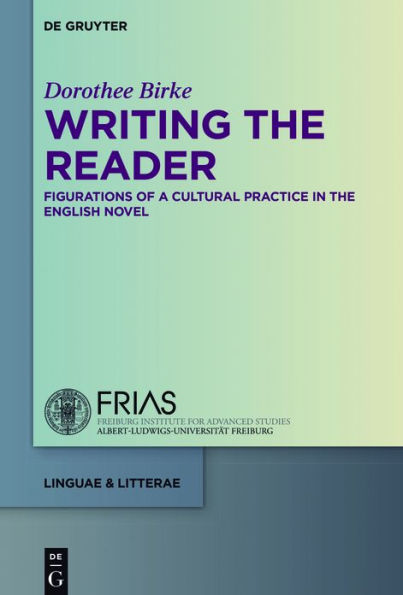Table of Contents
Acknowledgements ix
Abbreviations of Titles xi
Part I
Chapter 1 Writing the Reader 3
Four Approaches to Reading 8
The Significance of the Quixotic Reader's Gender 15
The Quixotic Plot 18
Self-Reflexivity Revisited 25
Chapter 2 The Reader in the Text: Dramatizing Literary Communication 30
The Projection of Reading Stances 33
Narratorial Commentary and the Performance of Authorship 41
Part II
Chapter 3 The Ambivalent Rise of the Novel Reader: Charlotte Lennox's The Female Quixote 55
Novel, Romance, and Reading around 1750 57
Sex, Violence, and Arabella: Debating the Physical Impact of Reading 62
Models of Virtue? Lennox and Johnson 68
Great Expectations? Reading as a Socially Embedded Practice 78
Probing Problems of Authority and Instruction 83
Chapter 4 The Institutionalization of Novel Reading: Jane Austen's Northanger Abbey 91
The Uses of Parody: Restructuring the Quixotic Plot 94
Catherine Morland and the Politics of the Didactic 101
Reading and the Channelling of Emotions 109
Consumerism and Communities of Taste 113
Reconsidering the Defense of the Novel 118
Chapter 5 Psychologizing Reading as Social Behaviour: Mary Elizabeth Braddon's The Doctor's Wife 126
Reading as a Bad Habit: Idleness and Licentiousness 130
Isabel Sleaford and Emma Bovary 135
Young Isabel and Reading as Compensation 142
Isabel and Roland: The Temptations of Companionship 149
Intertextuality Reloaded 155
Sigismund Smith: Sensation Fiction and the Pleasures of Reading 159
Part III
Chapter 6 Looking Forward, Looking Back: Novel Reading in the Twenty-First Century 169
Chapter 7 Taking Stock of the Novel Reader's History: Ian McEwan's Atonement 175
Briony as a Quixotic Reader/Writer and the Problem of Cognition 176
Achieving Atonement? Briony's Ethics of Storytelling 181
Narrative Situation(s) and the Ethics of Form 187
Atonement as Homage and Challenge to the History of the Novel 191
Cecilia and Robbie: The Sacralization of Reading 195
Chapter 8 The Nostalgic Future of Novel Reading: Alan Bennett's The Uncommon Reader 201
The Quixote in Reverse 202
Common and Uncommon Readers 208
From the London Review of Books to the Internet: Media! Environments and Reading as Cultural Affiliation 213
Emphasizing Medial Difference: The Uncommon Reader and Stephen Frears's The Queen 220
Concluding Remarks 225
Works Cited 234
Index of Names 254



